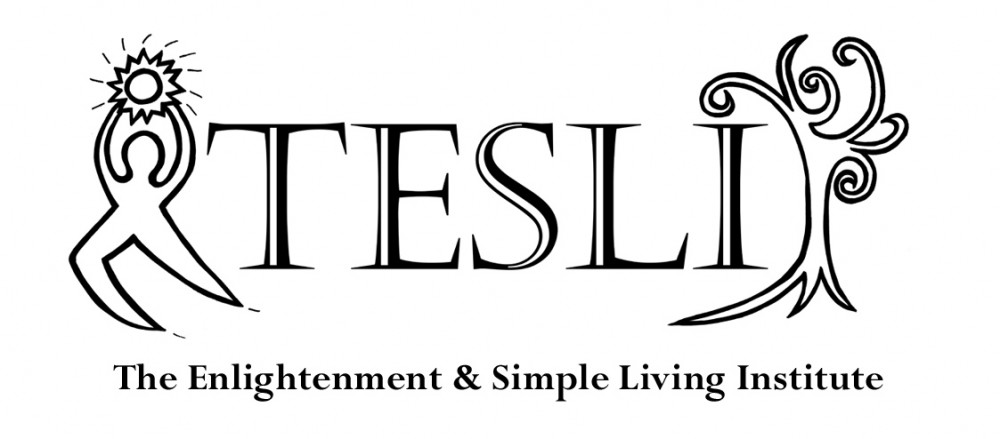I have recently been searching for a spiritual practice that will give me more traction. Over the past few years my faith has wavered as another level of “stuff” is arising to be cleared. Unfortunately, this “stuff” is slippery and I can’t quite get a handle on it, leaving me feeling discouraged and unsure what to do.
In response to this situation, I have gone back to the basics of Buddhist practice: purification practice. These are tried and true traditional practices that people I respect say work in clearing obstacles and preparing one for more advanced practice. I started in March by committing to 100,000 mandala offerings. I estimated this would take me about 600 hours to complete. I decided to do half the offerings traditionally and the other half in the form or mandala art to give away. (See picture of mandala art to the right.) At the rate I’m going, it will take about 4 years to complete.
More recently I started 50,000 prostrations. I have wanted to do these many years ago when I learned that Je Tsongkapa undertook over a million of them during his long retreat. When he started his retreat he had to rely on oracles and people with psychic ability to answer his questions, but by the end of the retreat he was able to be in direct contact with Manjushri and had visions to each of the enlightened beings he had dedicated 100,000 prostrations to. Unfortunately, when I tried to do prostrations years ago, it was a great strain on my body and pulled at my back. However, I am now pleased that I have enough physical healing to allow me to do them without any strain. Anyway, I am making good progress and expect to complete my prostrations in 2039 or sooner.
The one thing I’ve noticed is that days of good solid practice are followed by days of inertia. I think what happens is that stuff comes up and then I require rest as it clears. Once it clears, I am energized again and practice more. I know that Chi Gung will clear things faster for me, but even that sometimes can be a struggle to get to.
In September, I underwent a shamanistic plant ceremony that really awoke me to how stuck I was. After the ceremony, I reached out to a variety of healers to get additional support in clearing blockages and unifying aspects of self. I found that the additional help seemed to keep things moving. I noticed differences in my ability to breath more deeply and have more connection to my body in general from the extra work.
I think one of the more difficult aspects of my journey is having the sense of where I am. I know I am lower capacity, but still am not sure about how to proceed given that knowledge. I look forward to a future where I can help others progress to enlightenment with specific advice that matches their level of ability. Ahhh, the benefits of siddhis and the enlightened mind.


